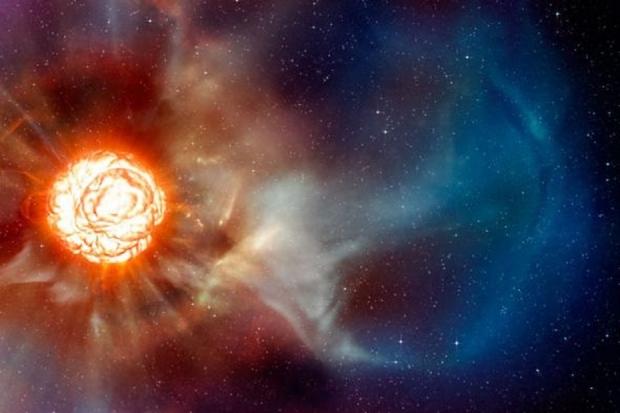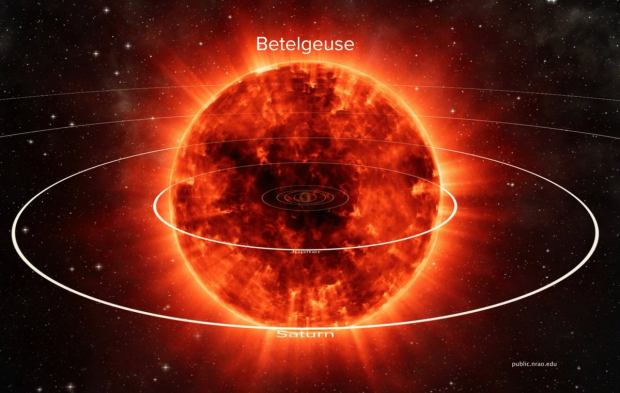Astronomers around the world have their eyes fixed on one supergiant star at the moment, Betelgeuse. This star is acting really strange and could very well explode into a glorious supernova.

It wasn't too long ago that I reported on Betelgeuse, and how astronomers are witnessing the supergiant star pulsating and dimming. Astronomers estimate that the star has about 100,000 years left in its life, but what they don't know is why it's dimming at unprecedented rates, raising the question of whether or not it's going to explode sooner rather than later.
Veteran Villanova University astronomer Edward Guinan and his team have collated some brand new data, which indicates that Betelgeuse could be in the middle of a 430-day pulsation period. The end of that pulsation period is estimated to be on February 21st and should bring the star to its dimmest state yet. Guinan says, "So something very unusual is going on" as Betelgeuse even now appears to be dimmer than what he and his team expected it to be.

In the event of Betelgeuse going supernova, the explosion will be so bright that watchers will be able to see the light show during the day. The light show is also expected to be brighter than the Moon, and the last time humans were able to bare-witness a supernova of this caliber was the 17th century. Astronomers will have their eyes glued to skies in the coming weeks.
Neil deGrasse Tyson: "Betelgeuse is so large, if you swapped it with the Sun, it would engulf the orbit of Mars and extend all the way through the asteroid belt.No need to panic, but at 700 light-years, it's the closest star to the Sun that will end its life in a Supernova explosion."

